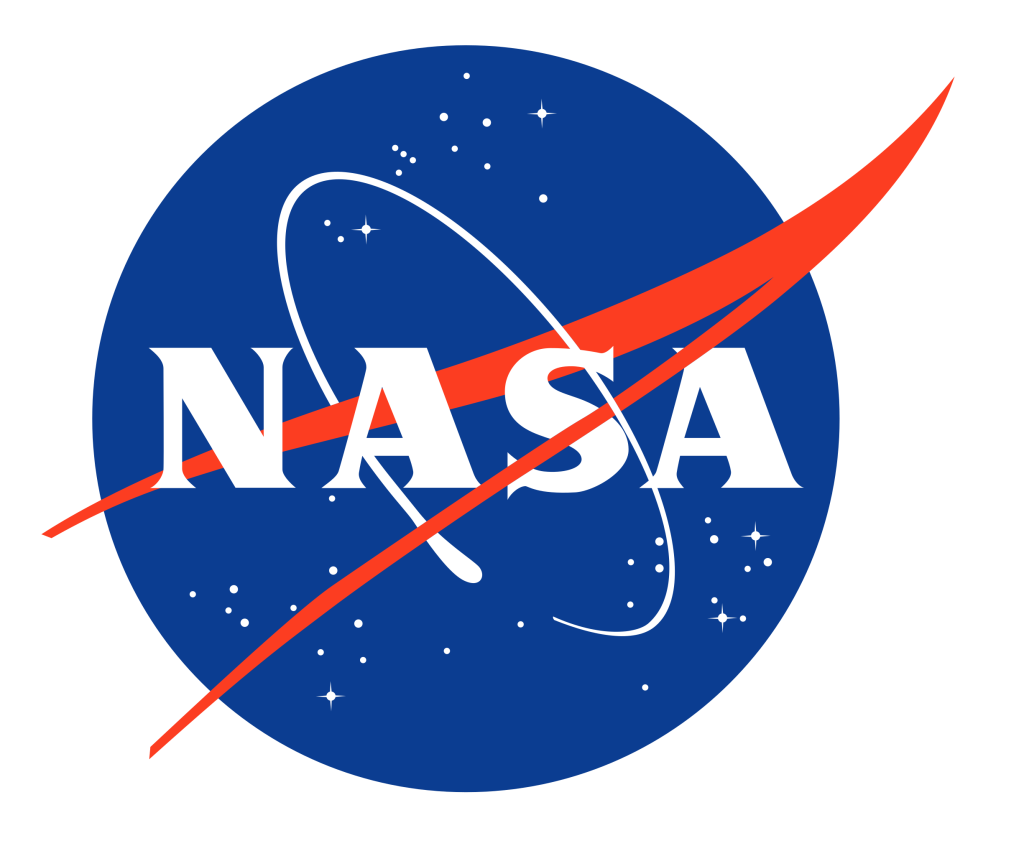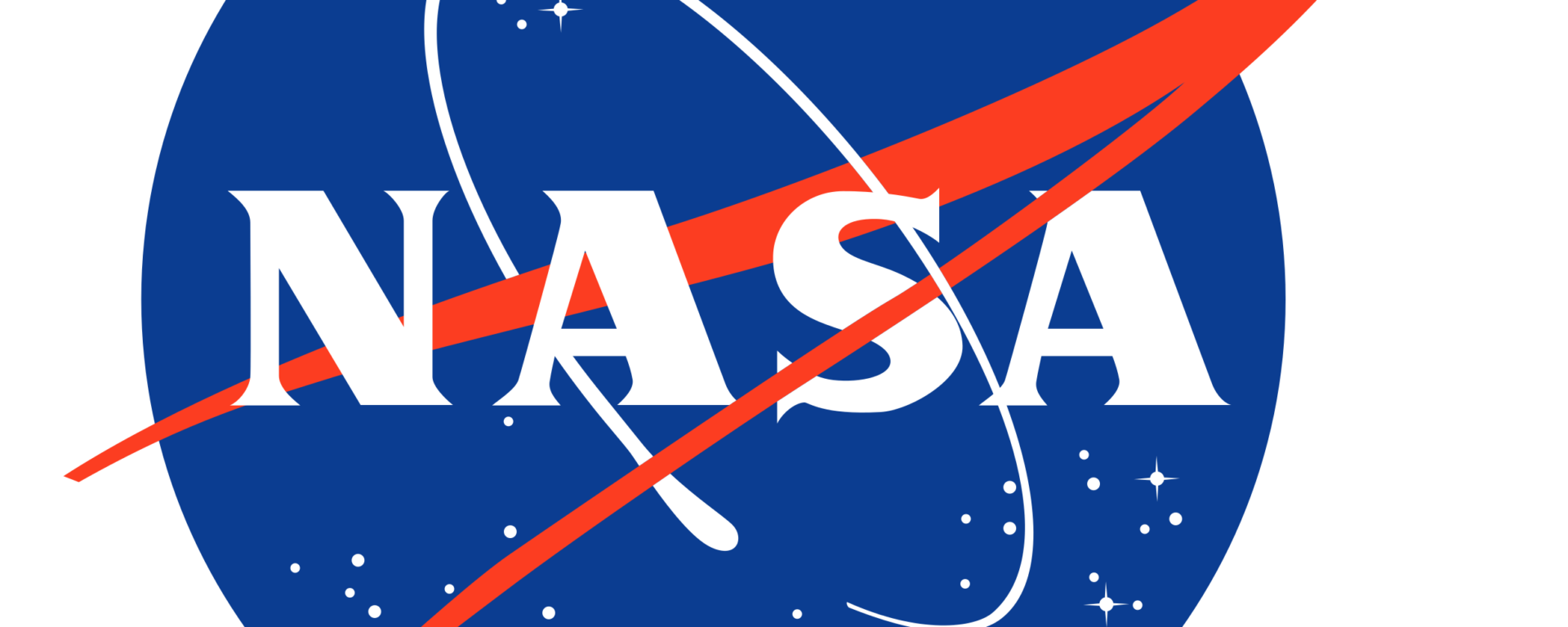- A statement from NASA administrator of aeronautics
- When we can expect aviation to meet the sustainable standards needed to save our planet

NASA Administrator Bill Nelson joined federal government and industry leaders Thursday at a White House event highlighting sustainable aviation and the administration’s focus on medium- and long-term goals to combat climate change. The event highlighted a plan to reduce aviation carbon emissions through production of more than three billion gallons of sustainable fuel by 2030. Officials from the Departments of Transportation, Energy and Agriculture announced a Sustainable Aviation Fuel Grand Challenge (SAFGC) to meet this goal, in partnership with industry and other federal agencies. SAFGC aims to reduce costs, enhance the sustainability of aviation, as well as expand the production and use of sustainable aviation fuel to meet 100% of U.S. demand by 2050.
NASA is investing in cost-sharing partnerships with U.S. companies to research and demonstrate high-risk, high-reward technology for next-generation, single-aisle aircraft that are at least 25% more fuel efficient. These aircraft could see service by the early 2030s. Single-aisle aircraft generate the largest share of aviation carbon emissions of all aircraft class sizes. “We’re working to keep U.S. companies economically competitive by helping them bring to market the next generation of environmentally-sustainable commercial transport aircraft,” said Bob Pearce, NASA’s associate administrator for aeronautics. “The fiercely competitive single-aisle market is an important path to economic recovery for aircraft manufacturers and airlines after COVID, and foreign governments are investing heavily in these technologies.”
NASA will contribute to the nation’s commitment to sustainable aviation embodied in the SAFGC. Building on its ground and flight campaigns of the past decade, NASA researchers will continue sampling and characterizing the makeup of sustainable aviation fuel emissions to verify performance, and to ensure compatibility of sustainable aviation fuels with existing and future aircraft.


